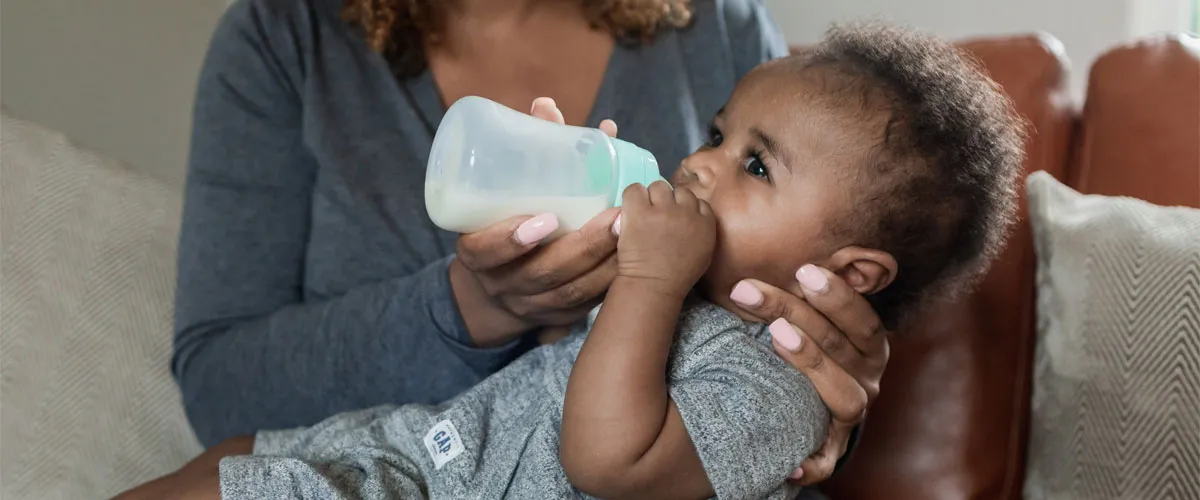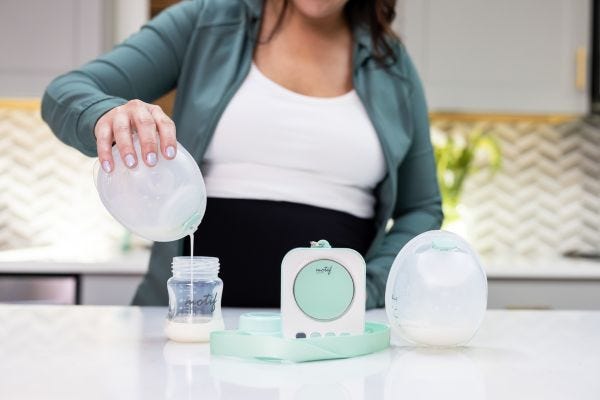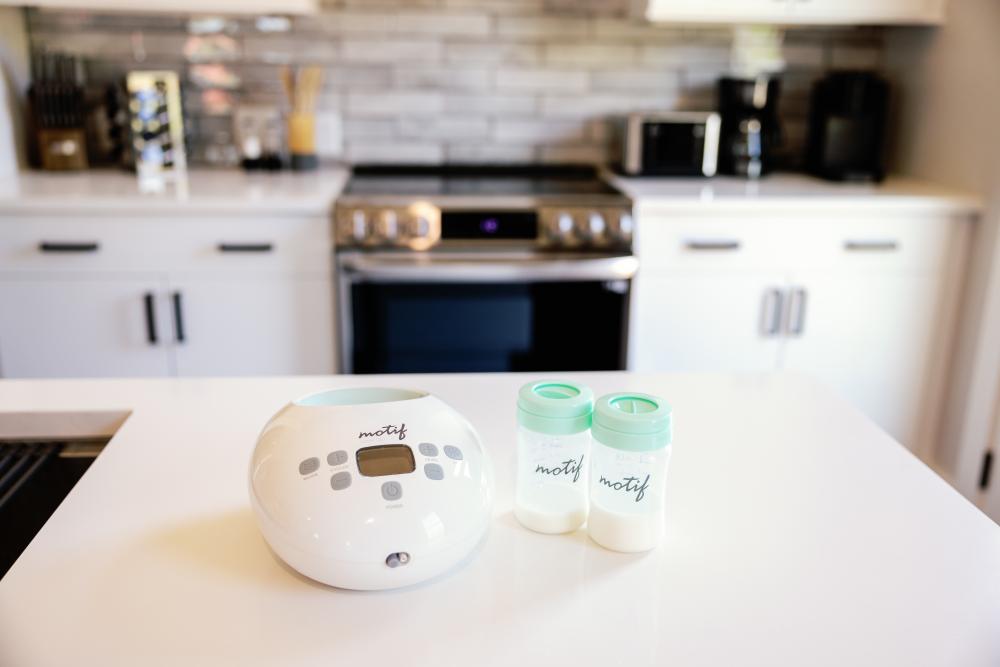Can You Mix Breast Milk and Formula?
As a parent, you want to give your baby the best nutrition possible. The CDC recommends breast milk as the optimal choice, thanks to its unique blend of easily absorbed nutrients, antibodies, and live cells that help build a strong immune system. While breastmilk is the ideal food for babies, there are many reasons a baby may require supplementation with formula. Whether due to lifestyle, health situations, or other obstacles, a feeding journey can look different for everyone.
In short, the answer is a resounding "Yes!" Feeding doesn't have to be all-or-nothing. This practice, often called "combination feeding" or "supplementing," is a flexible way to ensure your baby gets the calories they need. It can mean giving a bottle of formula when needed or adding formula to breast milk to meet your baby's demands.
This can look very different from baby to baby, as one may be predominantly drinking breast milk, but needs the occasional bottle of formula, while on the flip side, a baby may be completely bottle feeding and on infant formula, with whatever breast milk can be provided.
The Benefits of Mixing Breast Milk with Formula
If your baby requires a supplement, mixing breast milk and formula is not only efficient but, when done appropriately, quite beneficial. While infant formula is a safe and nutritious alternative, it lacks the live enzymes found in breast milk, which break down proteins, fats, and lactose, as seen in human breast milk.
When you mix breastmilk and formula, the powerful enzymes in breastmilk can help your baby's developing gut break down the formula's proteins, fats, and lactose more easily. You're also adding valuable immune-boosting factors to every bottle. With combination feeding, every single drop of breast milk truly counts!
Potential Risks of Mixing Breast Milk with Formula
While formula can be a safe and adequate way to feed infants, there are associated risks. Studies have found that formula feeding has been associated with a higher incidence of diabetes, obesity, and SIDs, among other health concerns. Pre-term infants are especially susceptible to the risk of NEC (necrotizing enterocolitis), a life-threatening infection. Thankfully, including breastmilk alongside formula helps to balance some of these risks.
How To Mix Formula and Breastmilk: Step-by-Step Instructions
Safety is the number one priority when preparing a bottle. The most important rule to remember is that you must always prepare the formula according to the instructions before mixing it with breast milk. Never use breast milk in place of water to mix powdered or concentrated formula. Doing so can create a mixture that is too concentrated, leading to dehydration and an imbalance of electrolytes, calories, and macronutrients.
Preparation for Powdered and Concentrated Formula
Remember to always wash your hands thoroughly and use clean, sterilized bottles and nipples. For babies under three months old or those with compromised immune systems, the CDC recommends taking extra steps to sterilize the water and powdered formula.
The FDA recommends this extra step because the formula can easily be contaminated with Cronobacter bacteria either during manufacturing or at home.
Boil Water: Bring fresh water to a rolling boil for at least one minute, then let it cool for about 5 minutes. It should still be hot (at least 158°F / 70°C) to help kill any bacteria in the formula powder.
-
Measure Water: Pour the exact amount of warm water needed into the sterilized bottle.
-
Add Formula: Add the precise amount of powdered or liquid concentrate formula to the water in the bottle.
-
Mix Thoroughly: Cap the bottle and shake well until the formula is completely dissolved.
-
Cool Completely: Allow the prepared formula to cool to body temperature. You can run it under cool water to speed this up.
-
Add Breast Milk: Once the formula is cool, you can add your expressed breast milk to the bottle and swirl gently to combine.
If you are using a ready-to-feed formula, no mixing is required. You can simply pour the desired amounts of the ready-to-feed formula and breast milk into a clean bottle and swirl.
Storage and Handling for Mixed Bottles
Once you've combined breast milk with formula, follow these guidelines:
Creating Your Combination Feeding Plan
Every family's feeding journey is unique. Your personal "formula" for combination feeding may change over time based on your goals, your milk supply, and your baby's needs.
Working with an International Board Certified Lactation Consultant (IBCLC) can be invaluable. An IBCLC can help you create a personalized plan, perform weighted feeds to determine precisely how much supplementation is needed, and offer evidence-based guidance on everything from pumping schedules to weaning.
Get Your Breast Pump Covered by Insurance
A key part of any combination feeding plan is a reliable breast pump. Every mother deserves access to the best tools to support her feeding journey, and for many, that starts with an efficient and comfortable pump.
Thanks to the Affordable Care Act, most insurance plans are required to cover the cost of a new breast pump for new and expecting mothers. Motif Medical makes it simple to find out exactly what you're eligible for, so you can get a top-rated breast pump at little to no cost.
Let us handle the paperwork for you. Check your eligibility through our simple, secure form and take the first step toward meeting your feeding goals.
Information provided in blogs should not be used as a substitute for medical care or consultation.










